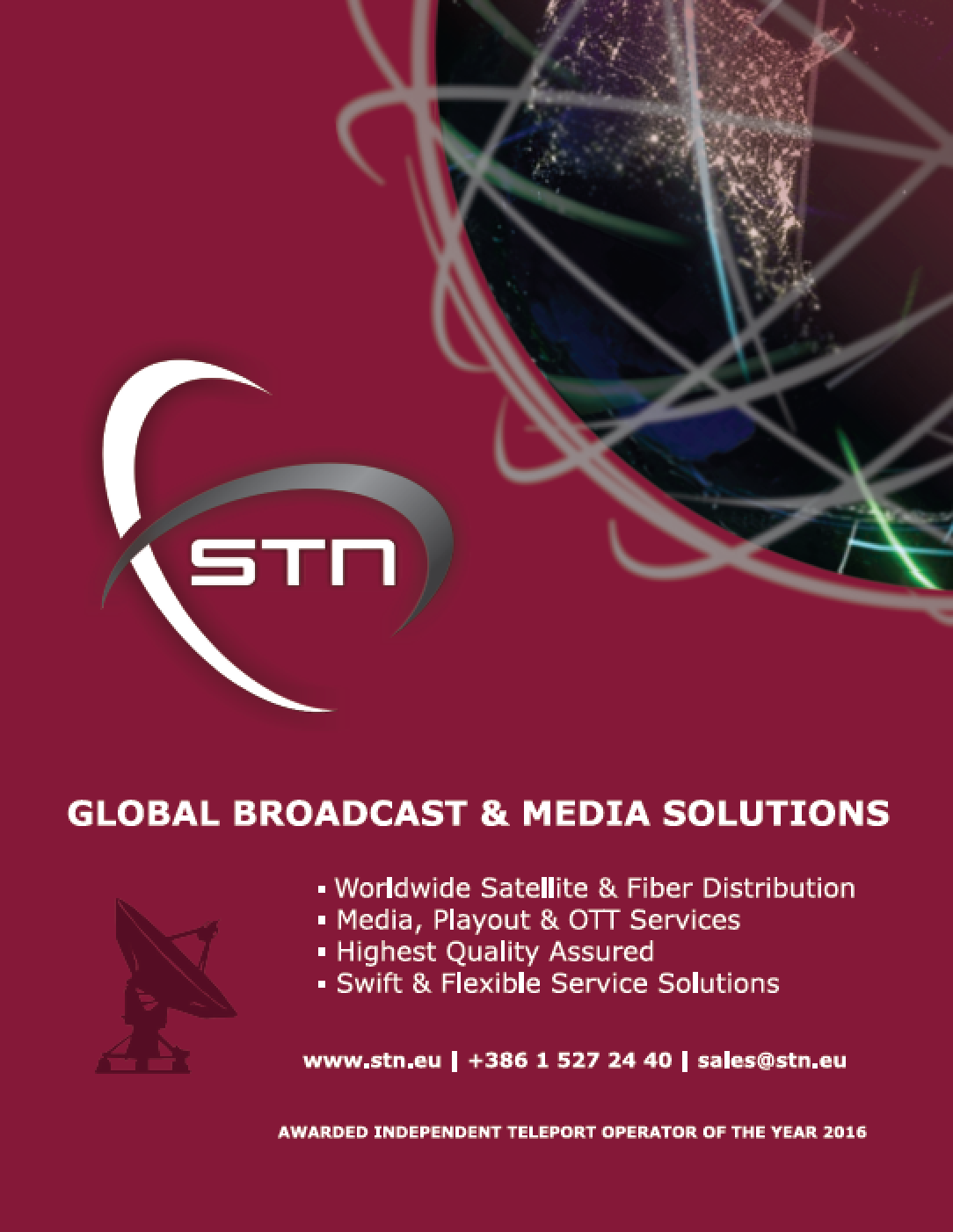
In a world where Internet access is coming to be regarded as an essential utility, not having access to broadband connectivity can severely affect the quality of people’s lives.
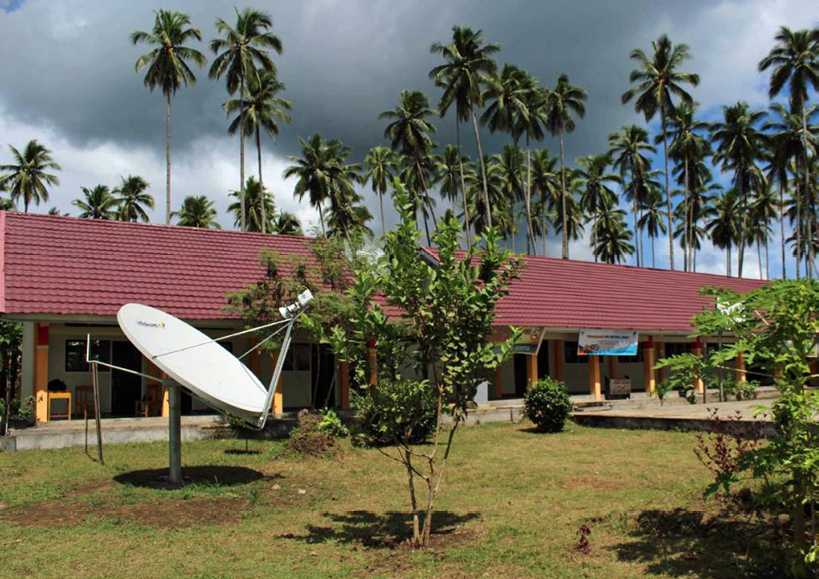
Large parts of the globe, especially those in isolated or rural locations, find themselves cut off from the digital revolution that is happening everywhere, harming their potential for growth and development by restricting access to vital service,s such as health and education.
There are very few places on the planet that pose broadband service providers with more of a challenge than Indonesia. Spanning more than 17,000 islands and nearly 2,000,000 square kilometers, the country possesses a significant geographical and technical conundrum for those looking to deliver even the most rudimentary connectivity.
Despite these challenges, there is a real hunger and demand for broadband services within the country. More than half of the country’s 263,000,000 population currently use the Internet on a regular basis, but the vast majority of those are on the large islands of Java and Sumatra, which house Indonesia’s main commercial and population centers.
A Challenging Environment
Away from those areas, broadband penetration is very low, with many of the country’s islands lacking the basic connectivity to keep pace with its more populous neighbors. This — combined with the need for Base Transceiver Stations to cover regional blank spots — prompted Indonesia’s Ministry of Communications and Information to introduce a Universal Service Obligation (USO) through the Central Financing Provider and Manager of Telecommunications and Information Technology (BP3TI).
This USO — which covers all of the 3T (Frontier, Outermost, Disadvantaged) regions — is a key strategic cornerstone in reducing the telecommunication gap and includes the provision of mobile telephony services in areas that do not get a base mobile signal. This program is part of the wider Strategic Plan of the Ministry of Communications and Information Technology Year 2015-2019, in which the Ministry of Communications has the task of guaranteeing national broadband connectivity, and has seen the installation of 21 base stations in previously blank spots along the Indonesian border by October 2016.
A lack of infrastructure is one of the main reasons that millions of people in rural areas around the world remain deprived of Internet connectivity. Infrastructure challenges caused by geography will continue for the
foreseeable future and it is in these situations where satellite technology can provide the answers and become the optimum connectivity solution.
With so many villages and islands isolated to connect, and the varied and diverse topography of Indonesia, delivering broadband connectivity through cables and terrestrial networks was out of the question, physically and financially. In cases such as this, satellite technology has to deliver affordable and reliable broadband connectivity.
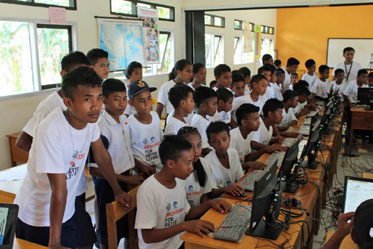
Connecting the Island Dots
With many satellites already in place that could cover the region, BP3TI agreed that satellite technology was the best option for delivering on the USO, providing a solution that matched the goals of increased speeds while still giving value-for-money to service providers and end-users alike.
In this case, the technology also had the added value of providing cellular backhaul across the country, which is in high demand in Indonesia due to the nation’s bandwidth-hungry mobile networks.
Working together with Newtec and the company’s local partners PT Akses Karya Dinamika and PT Infokom Elektrindo, an access solution was developed that was capable of meeting the conditions of the USO and fulfilling the anticipated high demand.
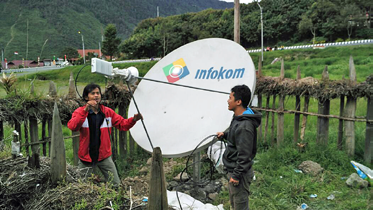
At the start of the project, it became apparent that the successful delivery of the project would depend on using a return technology that provided the efficiency of SCPC while also retaining the flexibility of MF-TDMA. This would give the best possible combination of on-demand variable bandwidth allocation and enhanced efficiencies, which would in turn reduce OpEX for the operator and deliver the best possible service to customers.
This combination was provided through Newtec’s unique Mx-DMA® return technology, combining the best elements of SCPC and MF-TDMA within the Newtec Dialog® multiservice platform.
As a multiservice platform, Newtec Dialog enables tailored services and guarantees optimal modulation, bandwidth allocation, service availability, reliable automation of link setups and flexible workflow support, whether it is being used to provide broadcast, consumer broadband, cellular backhaul or mobility services. Six of the hubs systems have been delivered to Indonesian operators already, with several additional orders in the pipeline.
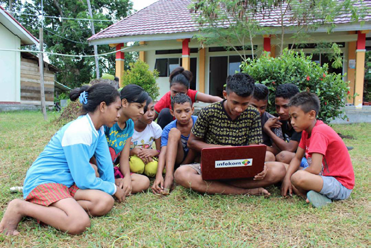
These operators are already reporting significant improvements in bandwidth efficiency — one satellite provider which covers the region is seeing gains providing between 2.9 bits/Hz and 3.6 bits/Hz extra capacity. This has given them the technical advantage over many of their competitors and also enabled them to offer improved broadband services to their customers.

“We value Newtec as our strategic partner. With the Newtec system, we provide an efficient and flexible solution to meet our expectation providing a massive broadband solution across the nation.” — Widhy Nugroho, Managing Director, Infokom.
These customers are now able to realize and harness the incredible power of the Internet to improve their quality of life. With this enhanced connectivity, simple things that many of us take for granted — the ability to check emails and e-banking, or hold a Skype call with loved ones — are now open to many millions more people across Indonesia.
On a wider scale, the connectivity is a step towards fulfillment of the state’s obligations to society in meeting public demand for access to telecommunications and information technology, strengthening national unity, healthcare, security and defense. Most of all, it builds Indonesia from its periphery, strengthening the role of these areas and villages in the framework of the republic.
www.newtec.eu
www.infokom.id


